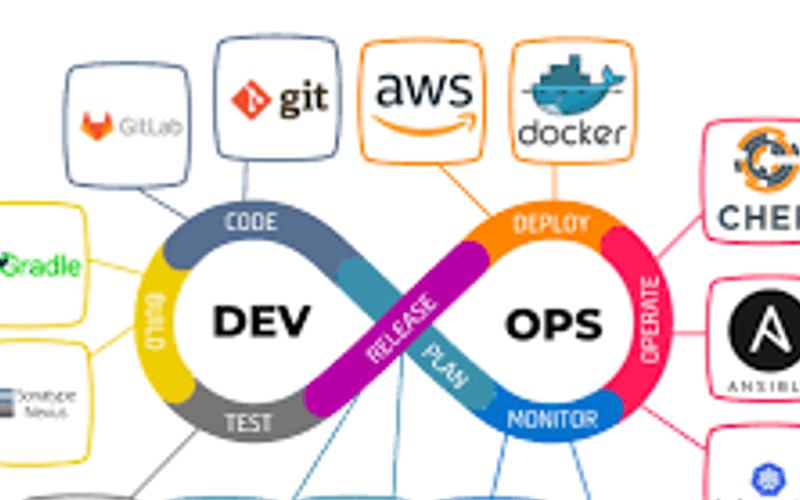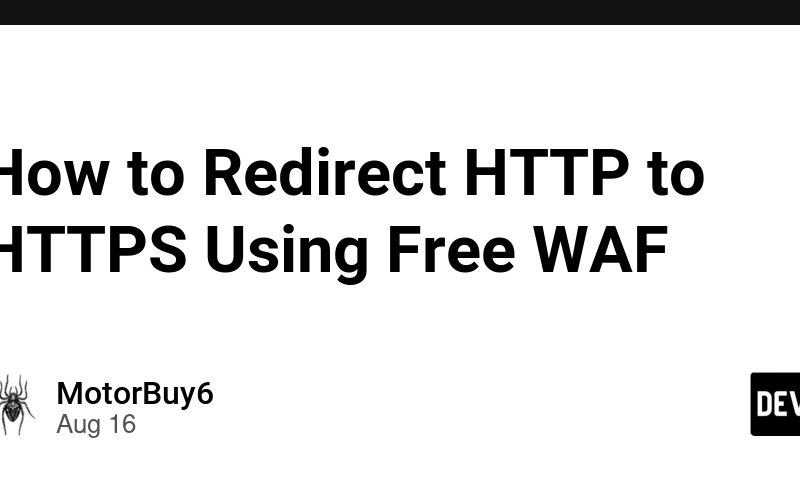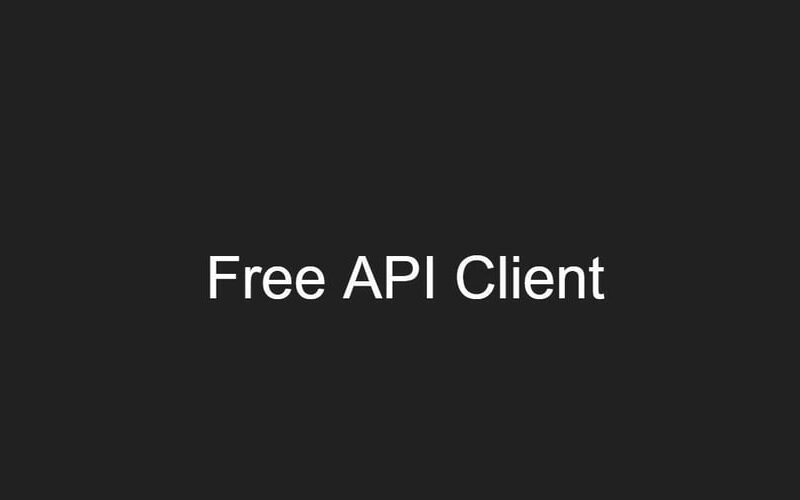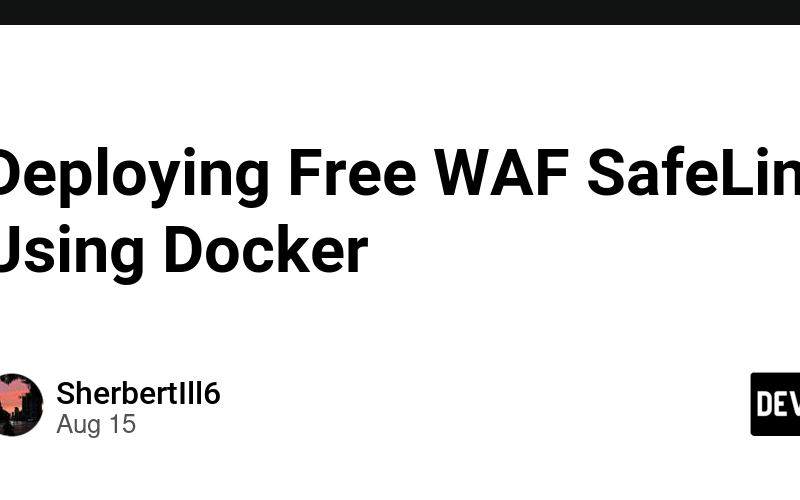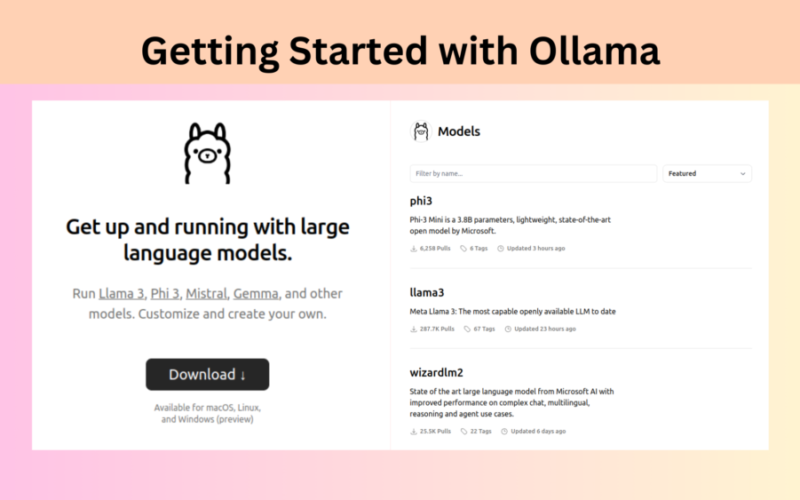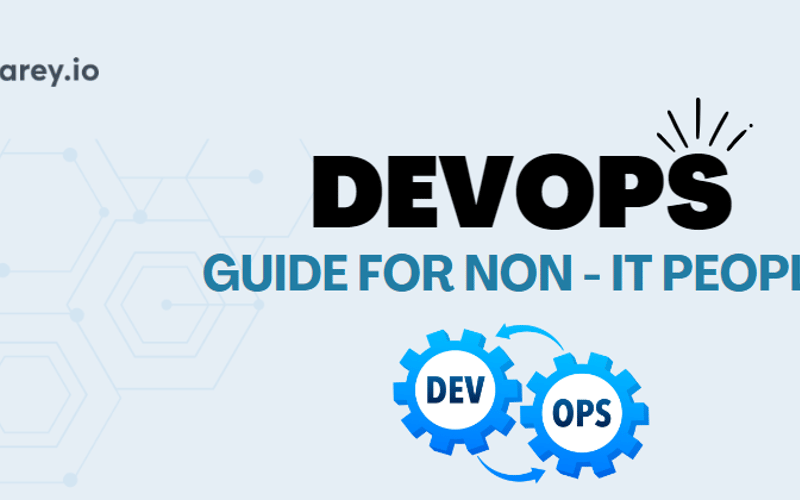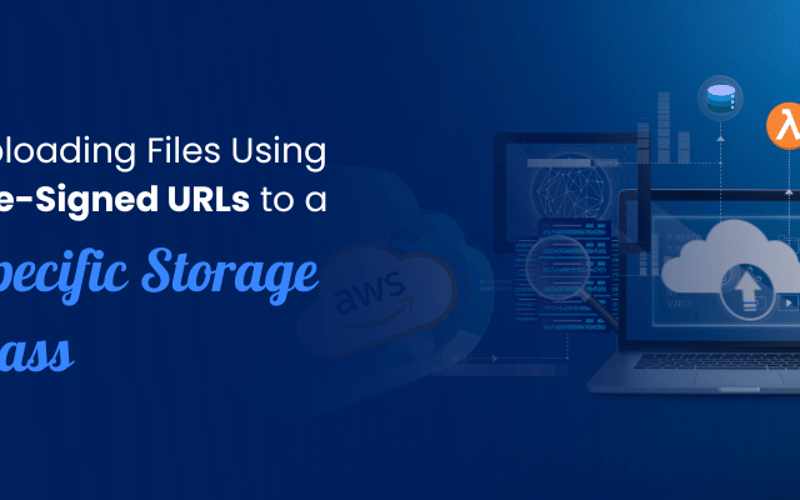21
Aug
Both AWS Elastic Beanstalk and AWS Amplify are popular managed services for deploying and managing applications, but they cater to different use cases and developer needs. Let’s explore these two services, highlighting their differences, trade-offs, and considerations to help you choose the right tool for your project. Understanding AWS Elastics Beanstalk AWS Elastic Beanstalk is a Platform-as-a-Service (PaaS) that helps developers deploy and manage applications in several languages, including Java, .NET, Node.js, PHP, Python, Ruby, Go, and Docker. It abstracts much of the infrastructure management by automatically handling scaling, load balancing, health monitoring, and environment management. Key Features: Multi-language support.…




